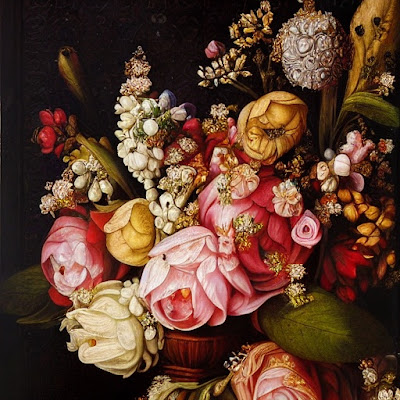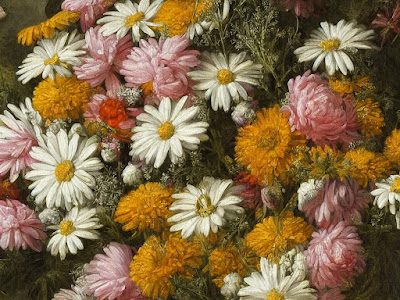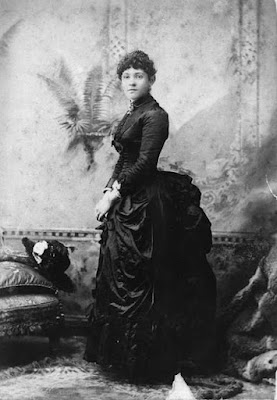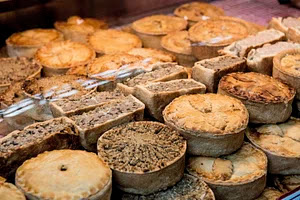The bridal bouquet is a beautiful and meaningful tradition in weddings, but its origins and symbolism have evolved over centuries. Here's a deeper look into its history and significance.
Unveiling bridal bouquet history and significance
Ancient Origins: The tradition of carrying flowers by brides dates back to ancient civilizations. In ancient Rome, brides carried herbs and spices to ward off evil spirits and ensure fertility. Similarly, in ancient Greece, brides carried bouquets of herbs and flowers to symbolize new beginnings, fidelity, and hope.
Medieval Europe: During the Middle Ages, the bridal bouquet took on religious symbolism. Brides carried strong-smelling herbs and spices, such as garlic and dill, to ward off evil spirits. Flowers such as daisies, symbolizing innocence, and marigolds, symbolizing protection and prosperity, were also popular choices.
Victorian Era: The Victorian era saw the bridal bouquet evolve into a more elaborate and symbolic accessory. Queen Victoria's wedding in 1840 popularized the use of flowers in weddings, particularly her bouquet of snowdrops, which symbolized hope and purity. The Victorian language of flowers, or floriography, further heightened the symbolism of bouquets, with each flower carrying its own meaning.
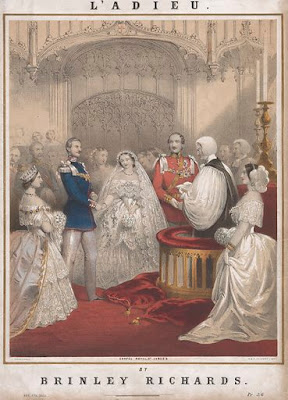 |
| L'Adieu. Wedding of Crown Prince Frederick William and Princess Victoria. Date: 1858. Culture: British. Accession number: B2011.12.6. |
Symbolism of the bridal bouquet
The bridal bouquet is rich in symbolism, with each flower carrying its own significance. Some common floral symbolism in bridal bouquets includes:
- Roses: Symbolize love, passion, and beauty.
- Lily of the Valley: Signify purity and happiness.
- Peonies: Represent prosperity, good fortune, and a happy marriage.
- Calla Lilies: Symbolize magnificence and beauty.
Additionally, the colors and arrangement of flowers can convey specific meanings. For example, white flowers symbolize purity and innocence, while red flowers symbolize love and passion.
Modern Significance: Today, the bridal bouquet remains an essential element of weddings, albeit with more personalization and creativity. Brides often choose flowers based on their personal preferences, wedding theme, or cultural significance. Some couples incorporate heirloom jewelry or meaningful keepsakes into their bouquets, adding an extra layer of sentimentality.
The bridal bouquet has evolved from its ancient roots and superstitions as a protective charm to become a symbol of love, purity, and new beginnings. Its rich history and symbolism continue to add beauty and meaning to weddings across cultures and generations.
Thanks so much for being part of our success.

